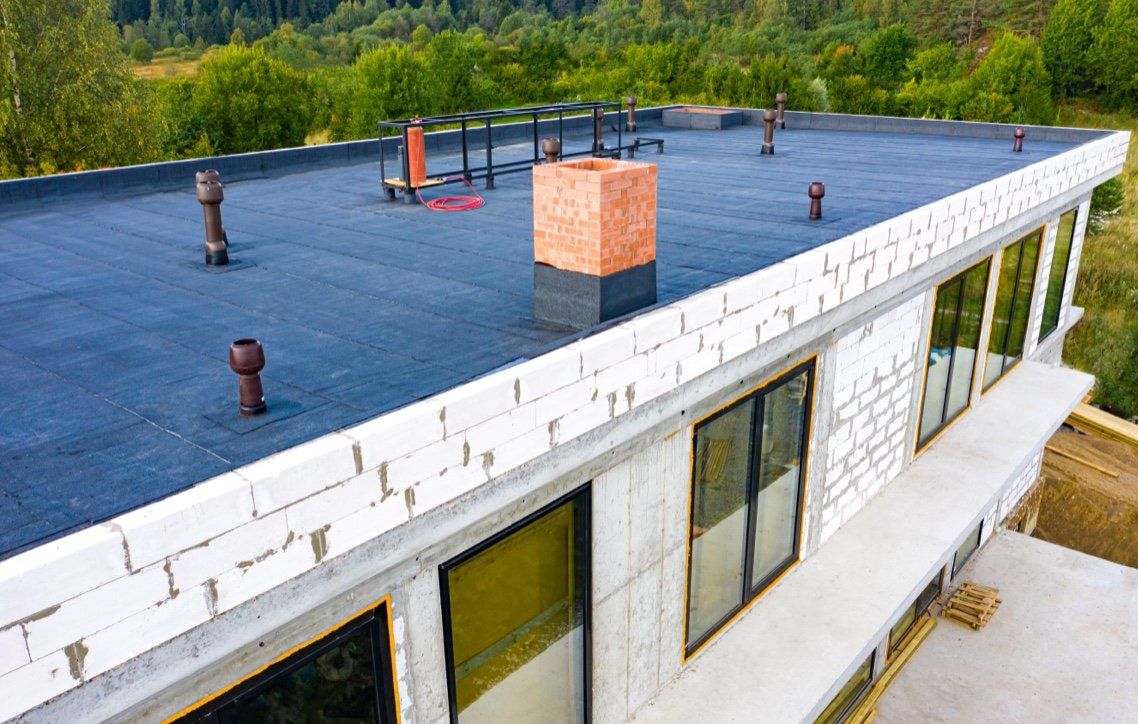Each season presents unique challenges for your roof. Whether it's the heat of summer or the chill of winter, knowing how weather affects your roof can help you protect it throughout the year. Here are some essential roofing tips.

How Rain, Snow, and Heat Impact Your Roof
Heavy Rain: Continuous rain can cause leaks, mold, and erosion, especially if your roof’s seals are compromised. Standing water may also damage shingles and encourage wood rot.
Snow and Freezing Weather: Snow buildup can cause your roof to sag or even collapse if left unchecked. Ice dams form when melting snow refreezes at the roof’s edge, blocking drainage and causing leaks.
Summer Heat: Heat can warp, crack, or buckle shingles, and the constant expansion and contraction of roofing materials in hot weather can weaken the roof’s structure over time.
Getting Your Roof Ready for Extreme Weather
Preparing your roof for extreme weather is crucial. Here are some steps to help you keep your roof in good condition throughout the year:
- Inspect and clean gutters: Keep your gutters and downspouts clear of leaves and debris to prevent water from backing up during rain or snowmelt.
- Check your shingles: Replace damaged or missing shingles before the weather worsens to avoid leaks and further damage.
- Check for cracks: Check for and seal any cracks or gaps in your roof to prevent water intrusion during rain or snow.
- Check insulation: Proper insulation helps maintain energy efficiency and prevents ice dams from forming.
Regular Roof Inspections and Repairs
Weathercraft recommends having your roof professionally inspected at least twice a year—once in the spring and again in the fall. During these inspections, we’ll check for any damage caused by weather and address potential issues before they escalate. Our experts will also suggest the necessary repairs or upgrades to help your roof withstand extreme weather conditions.